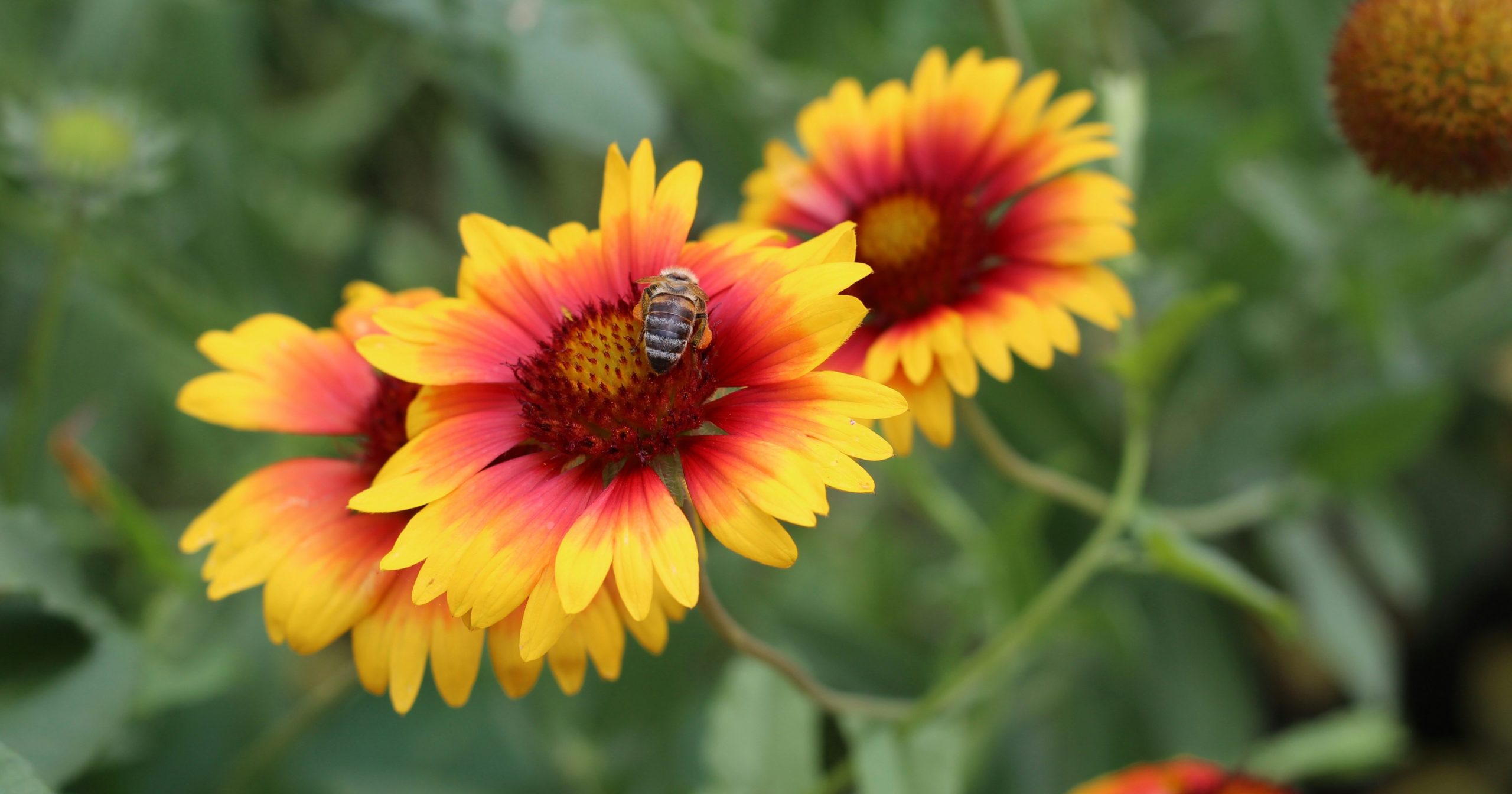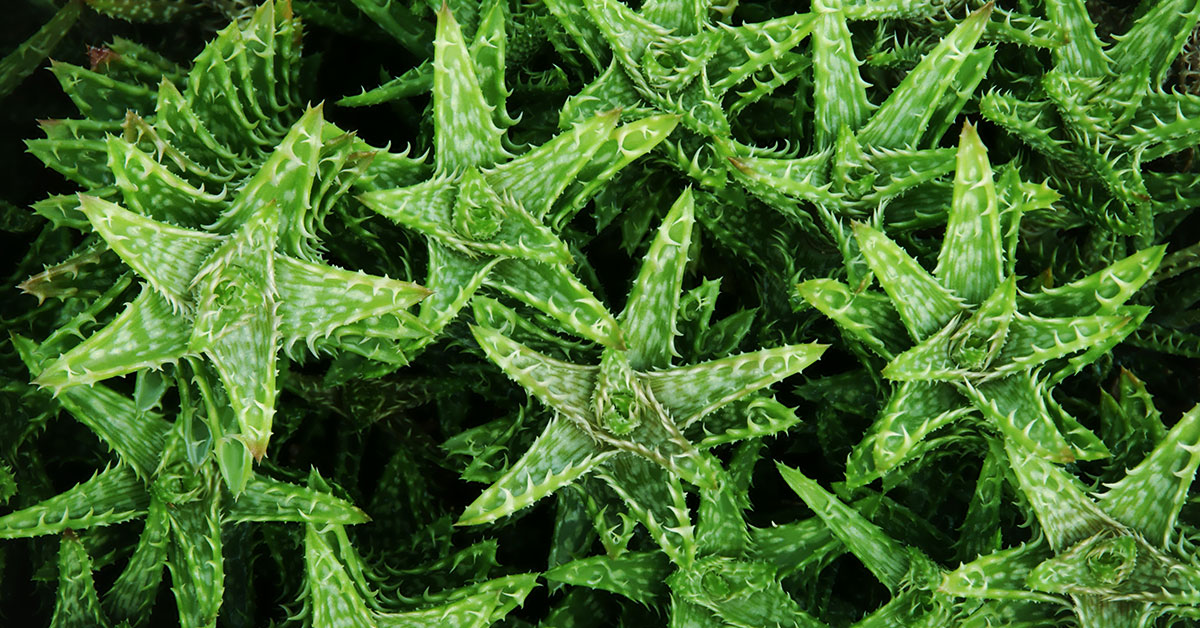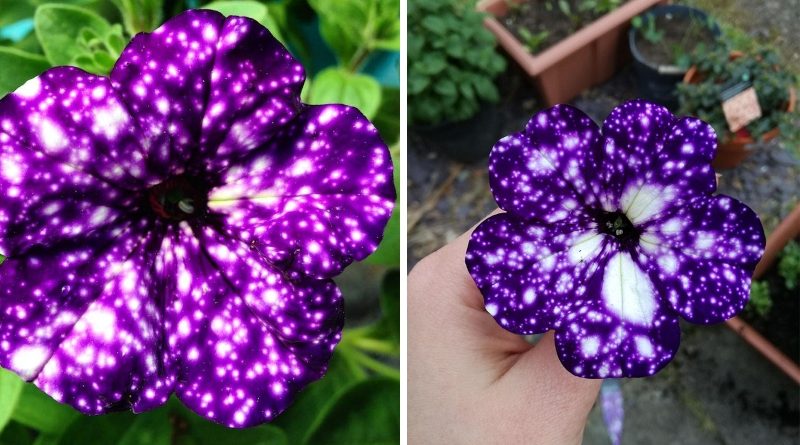Creating a Zen garden is a wonderful way to cultivate a peaceful and serene space in your backyard. Japanese gardens are renowned for their tranquility, elegance, and harmony with nature. Incorporating traditional Japanese flowers into your garden can enhance its beauty and create a truly meditative atmosphere. These plants are not only visually appealing but also carry deep cultural significance and symbolism.
In this article, I’ll introduce you to twelve exquisite Japanese garden flowers that can transform your garden into a serene Zen oasis. Each flower has unique characteristics and growing requirements, ensuring that you can find the perfect fit for your garden. Let’s explore these beautiful plants and see how they can bring tranquility and harmony to your outdoor space!
Japanese Iris
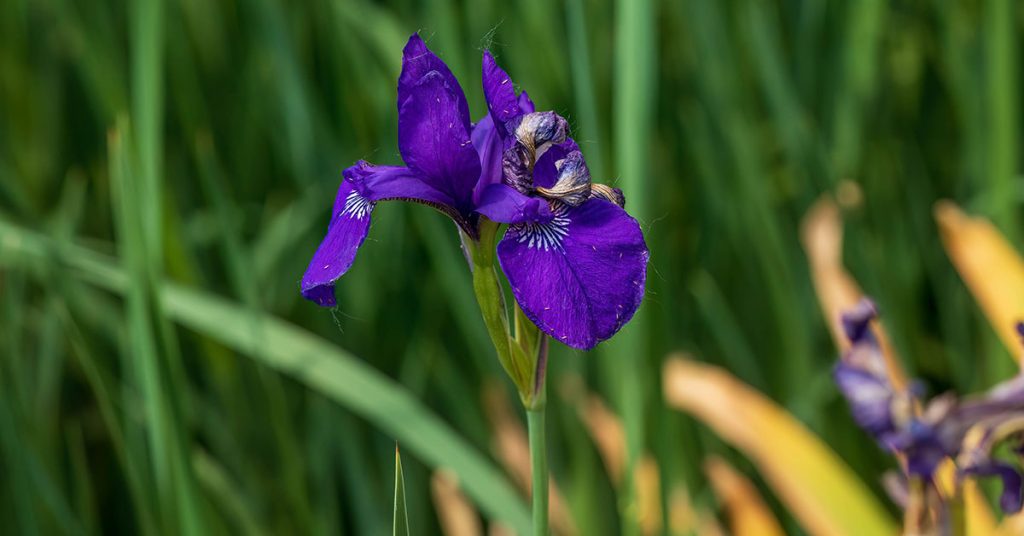
Japanese Iris (Iris ensata) is a stunning perennial native to Japan, known for its large, elegant blooms in shades of blue, purple, and white. These irises thrive in moist, well-drained soil and full sun to partial shade. They are perfect for planting along the edges of ponds, streams, or water features, adding a touch of grace and serenity to your garden.
One of my favorite aspects of Japanese Iris is their striking, orchid-like flowers that bloom in early summer. They are not only beautiful but also attract butterflies and other pollinators, enhancing the biodiversity of your garden. Japanese Iris is relatively low-maintenance and can tolerate a variety of soil conditions, making it a versatile choice for any Zen garden.
Camellia
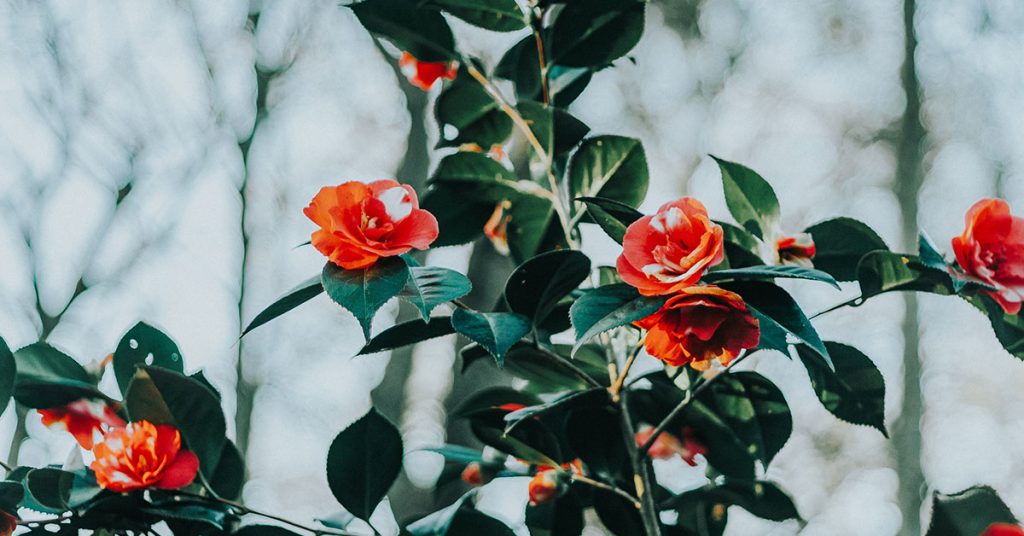
Camellia (Camellia japonica) is a classic Japanese garden plant native to East Asia, renowned for its exquisite, rose-like flowers that bloom in late winter to early spring. Camellias thrive in well-drained, acidic soil and partial shade, making them ideal for woodland gardens or shaded borders. Their evergreen foliage provides year-round interest and structure to your garden.
I love Camellias for their timeless beauty and variety of colors, including red, pink, white, and even variegated blooms. They symbolize love, admiration, and perfection in Japanese culture. Camellias are relatively low-maintenance but appreciate regular watering and mulching to keep their roots cool and moist. Their lush, glossy leaves and stunning flowers make Camellias a must-have for any Zen garden.
Chrysanthemum
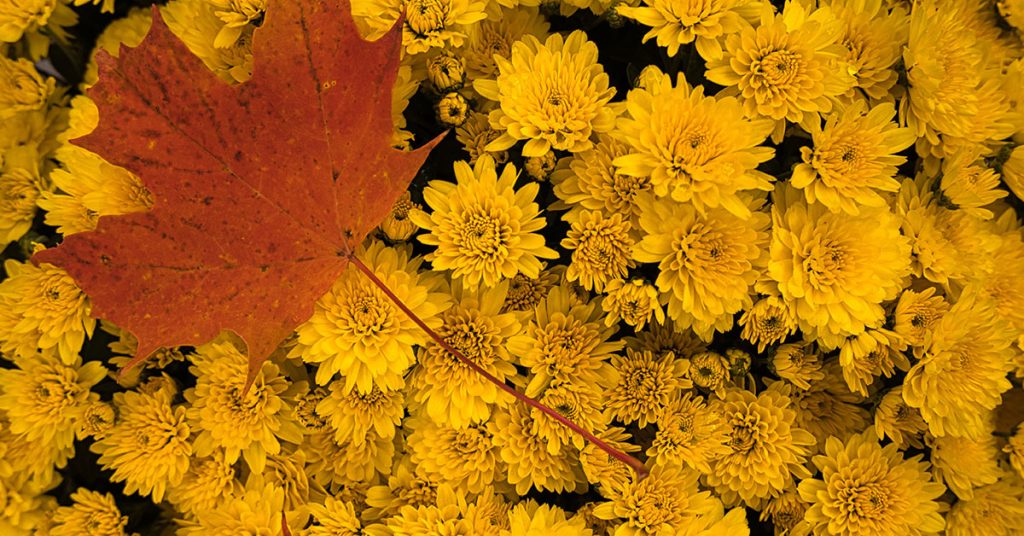
Chrysanthemum (Chrysanthemum morifolium) is a beloved flower in Japanese culture, symbolizing longevity and rejuvenation. Native to Asia, these perennials bloom in late summer to fall, offering a wide range of colors, including yellow, white, pink, and red. Chrysanthemums thrive in well-drained soil and full sun, making them perfect for adding a splash of color to your garden.
One of the reasons I enjoy growing Chrysanthemums is their versatility and long blooming period. They are excellent for borders, containers, and cut flower arrangements. Chrysanthemums also attract pollinators, contributing to a healthy garden ecosystem. Their vibrant blooms and cultural significance make them a wonderful addition to any Japanese garden.
Wisteria
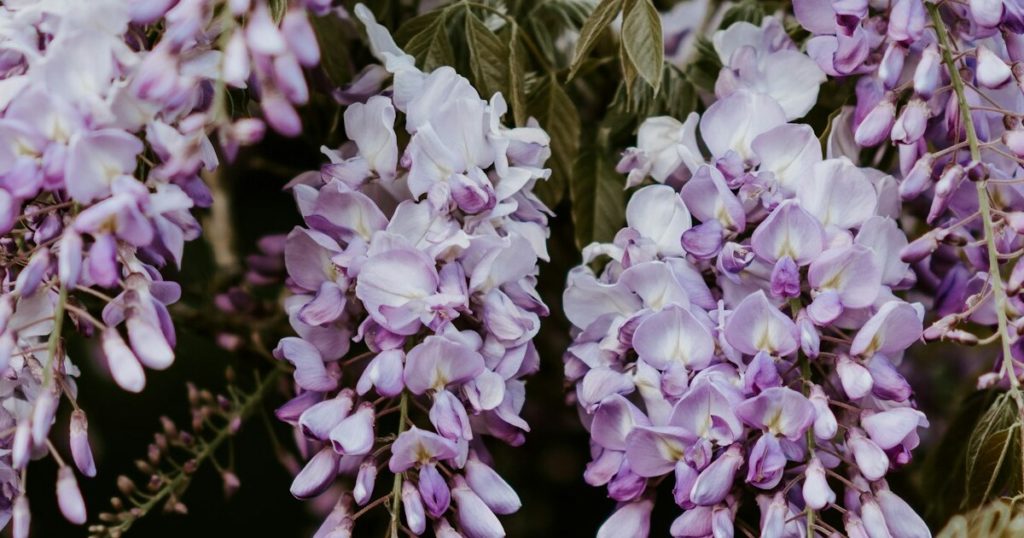
Wisteria (Wisteria floribunda) is a breathtaking climbing vine native to Japan, known for its cascading clusters of fragrant purple, blue, or white flowers. Wisteria thrives in well-drained soil and full sun, making it perfect for pergolas, trellises, or arbors. Its lush, trailing blooms create a magical and romantic atmosphere in any garden.
I adore Wisteria for its dramatic floral displays and enchanting fragrance. It requires some patience and training to establish, but the reward is a stunning, long-lasting bloom that attracts bees and butterflies. Regular pruning is necessary to control its vigorous growth and encourage more flowers. Wisteria’s captivating beauty and heavenly scent make it an iconic choice for a serene Zen garden.
Azalea
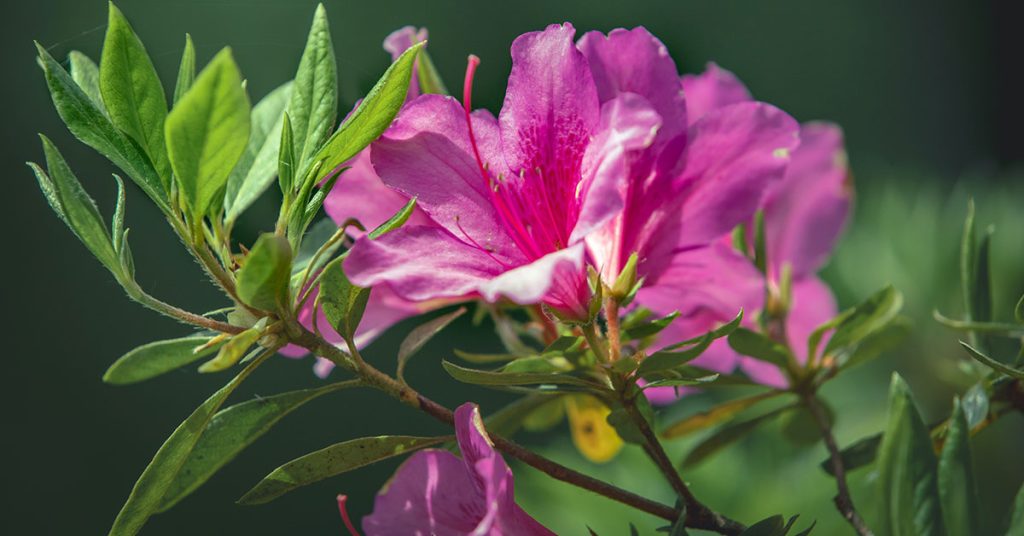
Azalea (Rhododendron spp.) is a popular shrub in Japanese gardens, known for its vibrant, showy blooms in spring. Native to Asia, Azaleas thrive in well-drained, acidic soil and partial shade, making them ideal for woodland gardens or shaded borders. They come in a variety of colors, including pink, red, white, and purple.
One of the reasons I love Azaleas is their stunning floral displays that can transform a garden into a sea of color. They are relatively low-maintenance but appreciate regular watering and mulching to keep their roots cool and moist. Azaleas also attract pollinators and provide excellent habitat for birds. Their striking blooms and lush foliage make Azaleas a delightful addition to any Zen garden.
Peony
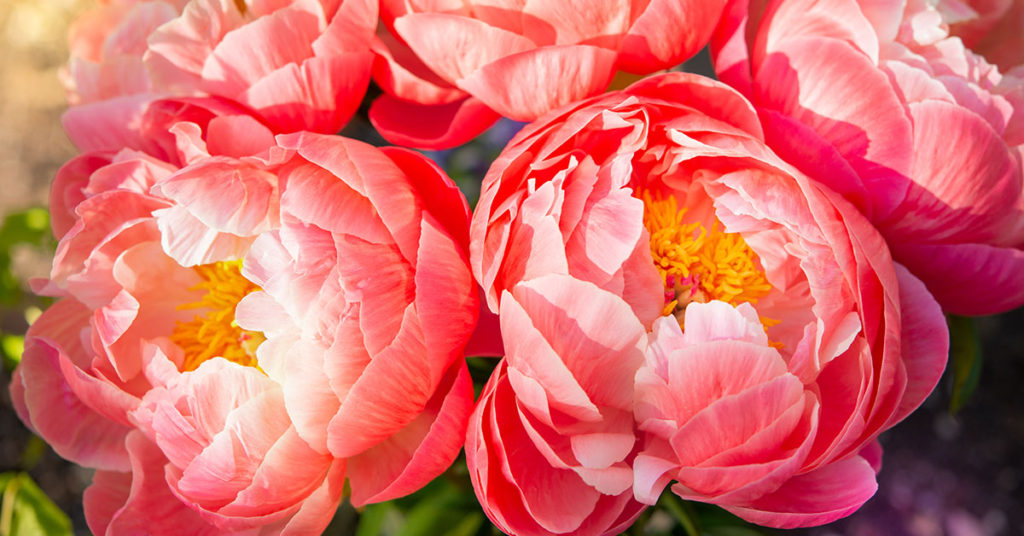
Peony (Paeonia suffruticosa) is a treasured flower in Japanese culture, symbolizing prosperity and honor. Native to China, these perennials produce large, fragrant blooms in late spring to early summer. Peonies thrive in well-drained soil and full sun to partial shade, making them perfect for borders and focal points in your garden.
I enjoy growing Peonies for their lush, ruffled flowers and delightful fragrance. They are relatively low-maintenance but benefit from staking to support their heavy blooms and regular deadheading to encourage more flowers. Peonies are also excellent for cut flower arrangements, adding a touch of elegance and romance to your home. Their timeless beauty and cultural significance make Peonies a must-have for any Zen garden.
Japanese Anemone
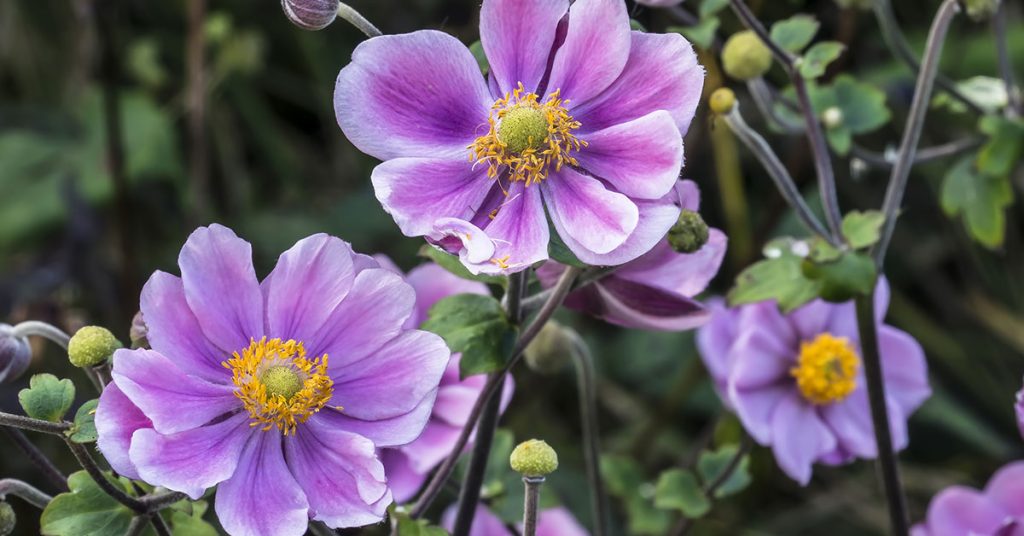
Japanese Anemone (Anemone hupehensis) is a graceful perennial native to China and Japan, known for its delicate, saucer-shaped flowers that bloom in late summer to fall. These flowers come in shades of pink, white, and lavender, adding a touch of elegance to your garden. Japanese Anemones thrive in well-drained soil and partial shade, making them perfect for woodland gardens and shaded borders.
One of my favorite things about Japanese Anemones is their ability to extend the blooming season, providing color and interest when many other plants have faded. They are relatively low-maintenance and can tolerate a variety of soil conditions, making them a versatile choice for any garden. Their charming flowers and airy, delicate foliage create a serene and enchanting atmosphere, perfect for a Zen garden.
Japanese Maple

Japanese Maple (Acer palmatum) is a beloved tree in Japanese gardens, known for its graceful, lacy foliage and brilliant fall colors. Native to Japan, Korea, and China, Japanese Maples thrive in well-drained soil and partial shade, making them ideal for woodland gardens and shaded borders. They come in a variety of forms and sizes, from small shrubs to large trees.
I love Japanese Maples for their year-round beauty and versatility. Their delicate, finely cut leaves provide a stunning display in spring and summer, while their vibrant fall colors create a breathtaking autumnal scene. Japanese Maples are relatively low-maintenance but appreciate regular watering and mulching to keep their roots cool and moist. Their elegant form and striking foliage make Japanese Maples a focal point in any Zen garden.
Hydrangea
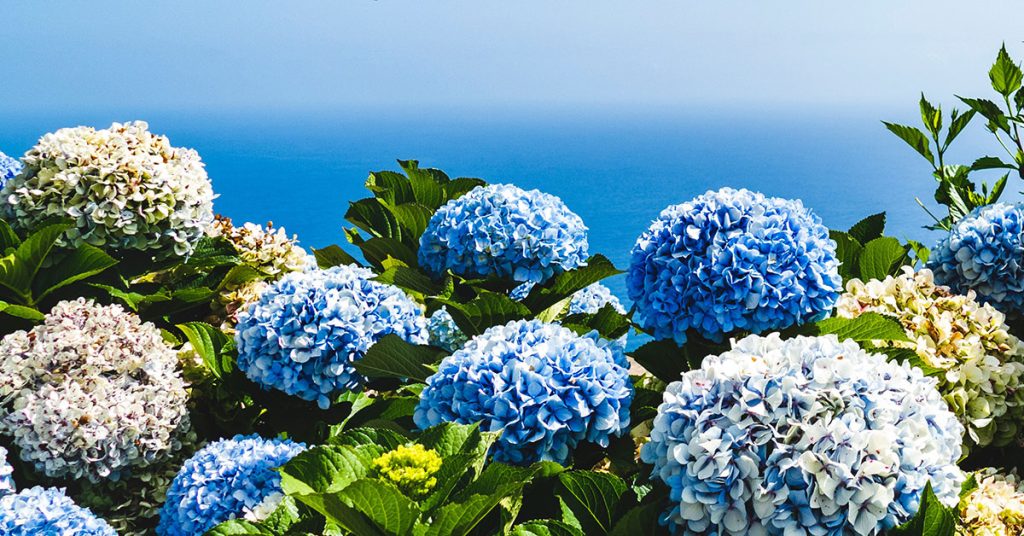
Hydrangea (Hydrangea macrophylla) is a popular shrub in Japanese gardens, known for its large, showy flower clusters that bloom in summer. Native to Japan, Hydrangeas thrive in well-drained, acidic soil and partial shade, making them perfect for woodland gardens and shaded borders. They come in a variety of colors, including blue, pink, white, and purple.
One of the reasons I enjoy growing Hydrangeas is their ability to change color based on soil pH, allowing for a dynamic and ever-changing garden display. They are relatively low-maintenance but benefit from regular watering and deadheading to encourage more blooms. Hydrangeas also attract pollinators and provide excellent habitat for birds. Their lush, vibrant flowers and cultural significance make Hydrangeas a delightful addition to any Zen garden.
Lotus
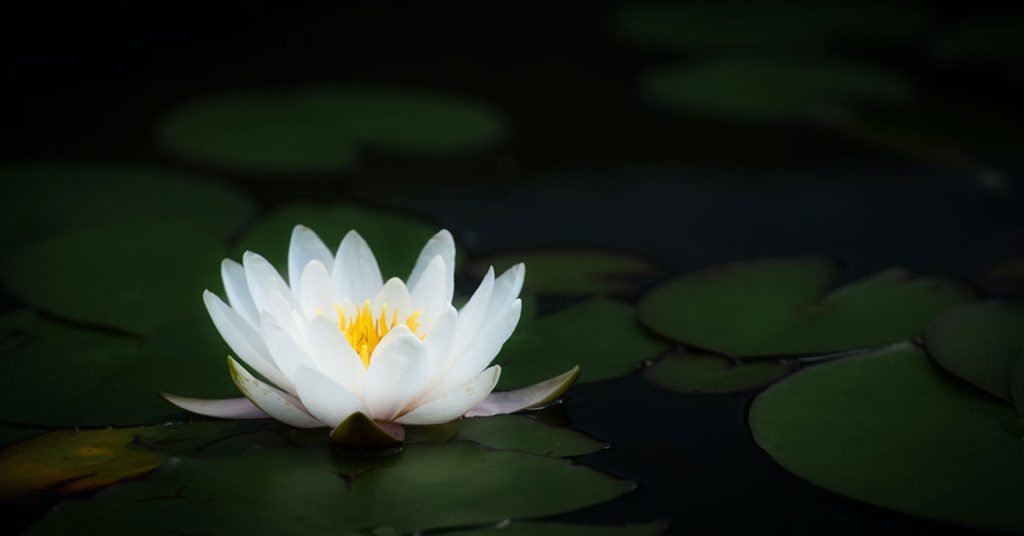
Lotus (Nelumbo nucifera) is a sacred flower in Japanese culture, symbolizing purity and enlightenment. Native to Asia, Lotuses thrive in shallow, warm water, making them perfect for ponds, water gardens, and containers. They produce large, fragrant flowers in shades of pink, white, and yellow, creating a stunning display in summer.
I love Lotuses for their breathtaking beauty and serene presence. Their large, round leaves float on the water’s surface, creating a peaceful and reflective atmosphere. Lotuses are relatively low-maintenance but require plenty of sunlight and warm temperatures to thrive. Their elegant flowers and cultural significance make Lotuses a must-have for any Zen garden, adding a touch of tranquility and spiritual depth.
Nandina

Nandina (Nandina domestica), also known as Heavenly Bamboo, is an evergreen shrub native to East Asia. It is valued for its delicate, bamboo-like foliage and clusters of bright red berries that persist through winter. Nandina thrives in well-drained soil and full sun to partial shade, making it an excellent choice for borders, hedges, and containers.
One of the reasons I enjoy growing Nandina is its year-round interest and low-maintenance nature. Its foliage changes color with the seasons, offering shades of green, red, and bronze. The vibrant berries attract birds and add a pop of color to the winter garden. Nandina’s elegant form and seasonal interest make it a perfect addition to a serene Zen garden, providing beauty and structure throughout the year.
Japanese Toad Lily
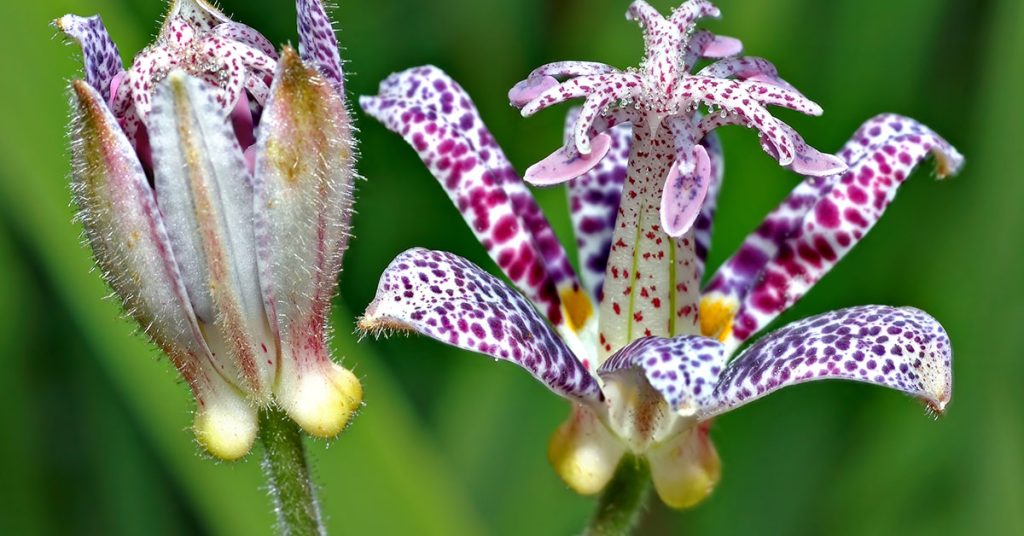
Japanese Toad Lily (Tricyrtis hirta) is a unique perennial native to the shady, woodland areas of Japan. It produces delicate, orchid-like flowers in late summer to fall, adding a touch of exotic beauty to your garden. Japanese Toad Lilies thrive in well-drained soil and partial to full shade, making them perfect for woodland gardens and shaded borders.
I love Japanese Toad Lilies for their intricate flowers and ability to bloom in the shade when few other plants do. Their spotted, star-shaped flowers come in shades of white, pink, and purple, creating a striking display. Japanese Toad Lilies are relatively low-maintenance and can tolerate a variety of soil conditions, making them a versatile choice for any garden. Their unique blooms and hardy nature make Japanese Toad Lilies a delightful addition to any Zen garden.



